KANISAA ko ha mahaki hahamolofia mo angamaheni ia he taimi ni ko ha ngaahi ʻaho pea mo ha kemikale tamate fakalongolongo foki ki he kau tau. Koeʻuhí he naʻe ʻikai ke tau ʻuluaki lava ʻo ʻiloʻi ʻa e taimi naʻe kamata ke tupulaki ai ʻi hotau sinó, ʻoku tau ʻiloʻi ai ʻa e taimi naʻe aʻu ai ki ha tuʻunga fakatuʻutāmaki. ʻOku lahi e faʻahinga kanisaa kehekehe. Te tau aleaʻi he ʻaho ni fekauʻaki mo e kanisa huhu ʻi he houʻeiki fafine. Te tau aleaʻi hono ngaahi fakaʻilongá, Ngaahi fakaʻilongá mo e faitoʻó.
Faʻahinga pe tuʻunga ʻo e kanisaá
ʻOku maʻu ʻe he kanisa huhu Fitu ngaahi fakaʻilonga kiliniki kehekehe ʻo e kanisa huhu, ʻe lahi e ngaahi ta mo e fakatata kehekehe kiliniki.
Ko e ʻuluaki fakaʻilonga mahuʻingá ʻoku totonu ke ke ʻiloʻi ʻoku foʻou mahoaʻa pe matolu molu ʻa e fatafata. ʻOku mahuʻinga he taimi ni ke fakatokangaʻi ʻoku ʻikai cancerous kotoa ʻa e fatafata lumps. Neongo ia, kapau ʻoku ke fakatokangaʻi ha meʻa foʻou pe ko ha meʻa kehe ʻi he taimi ʻoku ke vakaiʻi ai ho loto, ʻoku totonu ke ke ʻalu ʻo sio ki hoʻo kautaha tauhi moʻui lelei ofi taha te ne lava ʻo fai ha sivi fakaʻauliliki pea pehe ki ha hisitolia meiate koe.
Ko e fakaʻilonga mahuʻinga hono uá ʻoku kehe ʻa e ʻilo ki he fōtunga pe lahi ʻo e loto ʻe taha pe taha. ʻOku mahuʻinga ʻeni he taimi ni koeʻuhi he ʻe lava ke fakahaaʻi ʻe he meʻa ni ha kanisa huhu pea mahalo te ke fakatokangaʻi lahi ange ʻeni ʻi he taimi ʻoku ke hiki ai ho ongo nima pe ko e taimi ʻoku ke teuteu ai.
Ko e fakaʻilonga mahuʻinga hono tolú ko e fekumi ki he ʻoku lolo tuku mai mei hoʻomou ngaahi meʻa fakaʻātí. Te ke lava ʻo sio ʻoku lahi e ngaahi meʻa ʻoku hoko ʻi natula. Ko ʻeni ʻoku ʻikai fie maʻu ia ke lilingi. Ko ia kapau ʻoku ke fakatokangaʻi ha faʻahinga lanu foʻou mei he nipple pea ʻoku ʻikai ke ke breastfeeding pe lactating pea ʻoku totonu ke ke ʻalu ʻo sio ki hoʻo kautaha tokangaʻi ʻo e moʻui lelei ofi taha te ne lava ʻo vakavakaiʻi koe mo fai ha hisitolia fakaʻauliliki ke feinga ke vakaiʻi pe ko e ha e tupuʻanga. Pea ko hono ʻuhinga he ko e taha ʻo e ngaahi tupuʻanga mamafa ʻo ha lolo ʻoku fakahoko mei he nipple ko ha kanisa huhu.
Ko e fakaʻilonga mahuʻinga hono faá ke fekumi ki he ngaahi liliu ʻi he armpit lumps pau. Ko ia, kapau ʻoku ke vakaiʻi hoʻo armpits pea ke fakatokangaʻi ha meʻa foʻou kuo teʻeki ke ke ongoʻi kimuʻa, ʻoua naʻa ke momou ke ʻalu ʻo sio ki hoʻo toketaa te ne toe lava ʻo fai hano sivi fakaʻauliliki kapau ʻe fie maʻu.
Ko e ngaahi fakaʻilonga mahuʻinga hono nimá ke vakai ki ai ʻoku puckering fakaʻofoʻofa ʻo e sīpingá loto-ʻoho pe toe fakatapuí ʻo e kili ʻoku takatakai ʻi he fatafata. So one thing that you notice here are these small little dots and this is something known as Purdue or orange. Now that’s French for orange peel. If you imagine an orange you can imagine it looks slightly like an orange skin with these little dumplings or dots. If you notice this, don’t hesitate to see your nearest doctor or clinician who can assess you.
Ko e six important signs to look out for is a rash redness, scaling, or eczema around the nipple. This photo here demonstrates something called Paget’s disease at the nipple. This sort of scaling and rash around the actual nipple itself. However, do look out for this rash, toe fakatapuí, scaling, or eczema in the areola region, which is the region surrounding the actual nipple itself.
Finally, the seventh important signs and account for changes of the nipple. In this photograph here you can see inversion of the nipple. If you do notice anything like this, don’t hesitate to see your nearest Doctor Who as I’ve mentioned before, te ne fakapapauʻi ʻoku nau fai ha hisitōlia mo ha sivi mahuʻinga mo fakaʻauliliki.
Ko ia ʻoku tau aleaʻi kotoa 7 ngaahi fakaʻilonga ʻo e kanisa huhu . Ko ia ko e ngaahi fakaʻilonga, Neongo ʻe lava foki ke uesia ʻe he kakai fefine ʻa e tangata pea ko hono ʻuhinga he ʻe lava ke maʻu ʻe he tangata ʻa e kanisa huhu.
What are the possibilities of cancer?
When talking of cancer, possibilities are the various outcomes and scenarios that may arise due to cancer development, diagnosis, treatment and prognosis. Here are some possible cases about cancer:
1.Development
Cancer can develop in almost any part of the body through genetic mutations in normal cells leading to their uncontrolled growth and division. There exist many factors such as genetic predisposition, environmental aspects (tobacco smoke or sunlight), lifestyle issues (diet and exercise) or infectious agents like certain viruses can cause these mutations.
2. Diagnosis
It is possible for cancer to be diagnosed at different stages; from early-stage when it is localized within its original tissue site without invading neighboring tissues or organs to advanced-stage when it has spread (metastasized) to distant body parts. Generally the diagnosis of cancer involves a medical history, physical examination, imaging tests (X-rays, CT scans or MRIs), laboratory tests (blood tests or biopsies) and sometimes genetic testing.
3.Treatment
Treatment options for cancer are determined by a number of factors including the type and stage of cancer, as well as their overall health status and choices. Surgical excision, chemotherapy, radiotherapy, immunotherapy, targeted therapy, hormonal therapy and sometimes a combination of these methods may be used as treatment modalities. The objectives of treatment are to eliminate or destroy cancer cells, reduce tumors in size, relieve symptoms and improve general quality of life.
4. Prognosis
The prognosis for cancer varies widely based on disease factors such as type and stage. Effectiveness of treatment; presence of comorbidities; age; overall health condition among other things. Some cancers have a good prognosis with high survival rates especially if they are diagnosed early and treated well. However some other cancers can lead to poor outcomes especially when they are diagnosed at advanced stages or resistant to treatment.
5. Survivorship
Numerous individuals who have had cancer live healthy lives after going through the disease stage. Survivorship involves checking continually for signs that the cancer has come back (recurrence) taking care of any long-term effects from treatment (for example physical, emotional, cognitive issues) and addressing support needs for patients. Care plans may include regular follow-ups with medical oncologists or primary care doctors to monitor long-term effects like heart problems or secondary cancers that could develop from previous treatments as well as provide surveillance for cancer recurrences which may imply survival monitoring alone or together with palliative care if indeed applicable.
As a whole, even though the prospect of cancer could be terrifying, developments in research for cancer, early detection methods and treatment modes have all improved the conditions and lives of numerous people who have cancer. Nevertheless, it is significant to note that every individual reacts differently to the disease and that there are multiple possibilities as far as cancer is concerned.

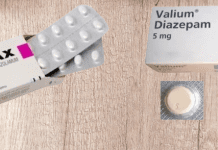
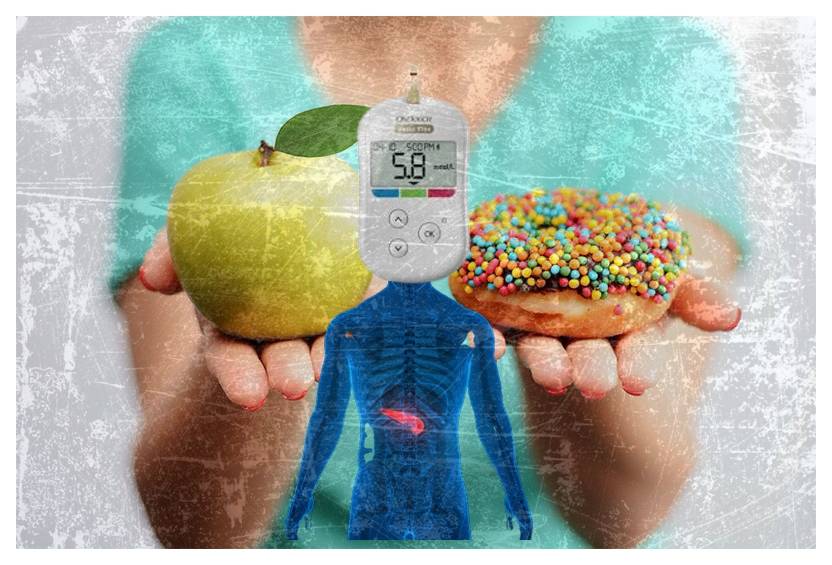
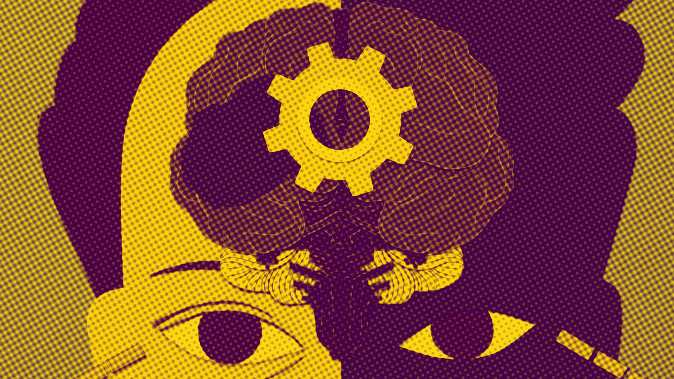
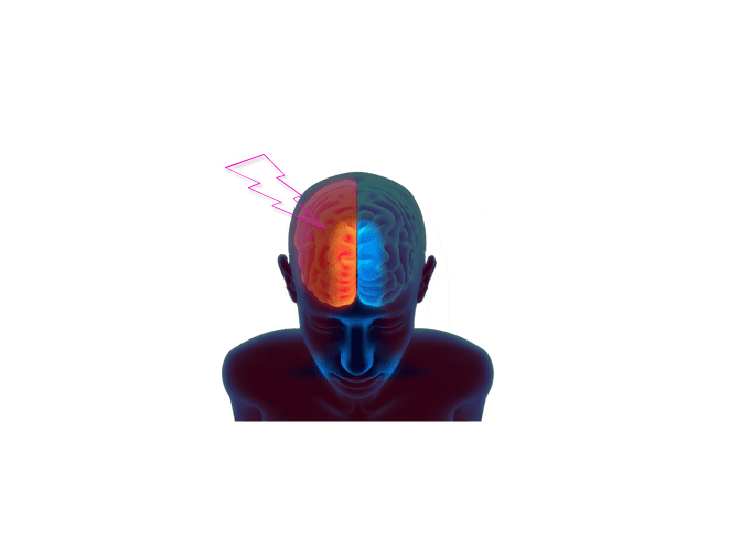
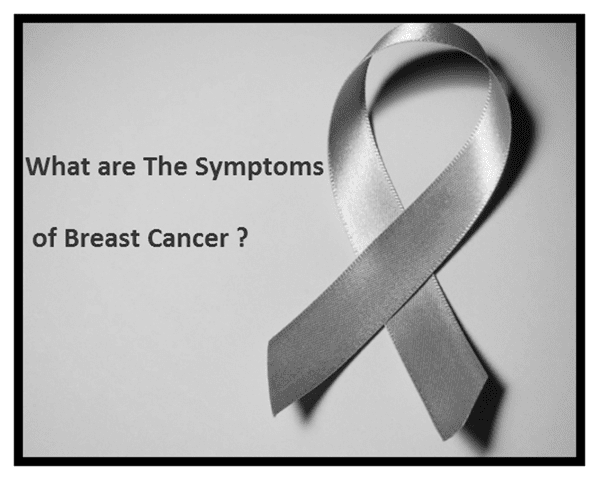




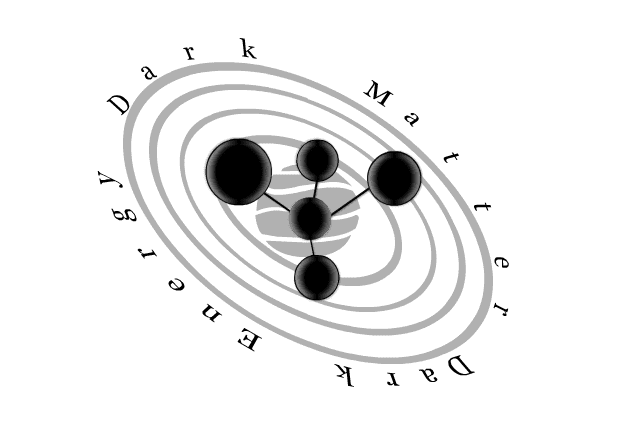












Very Informative post Thank syou